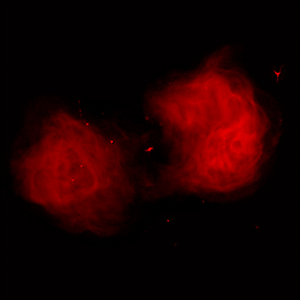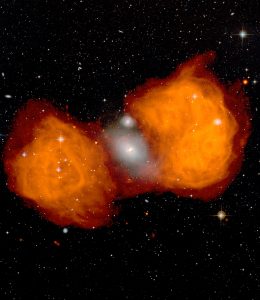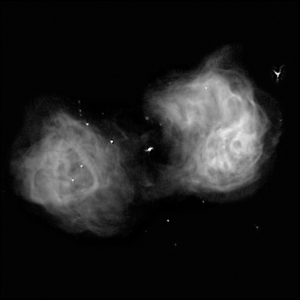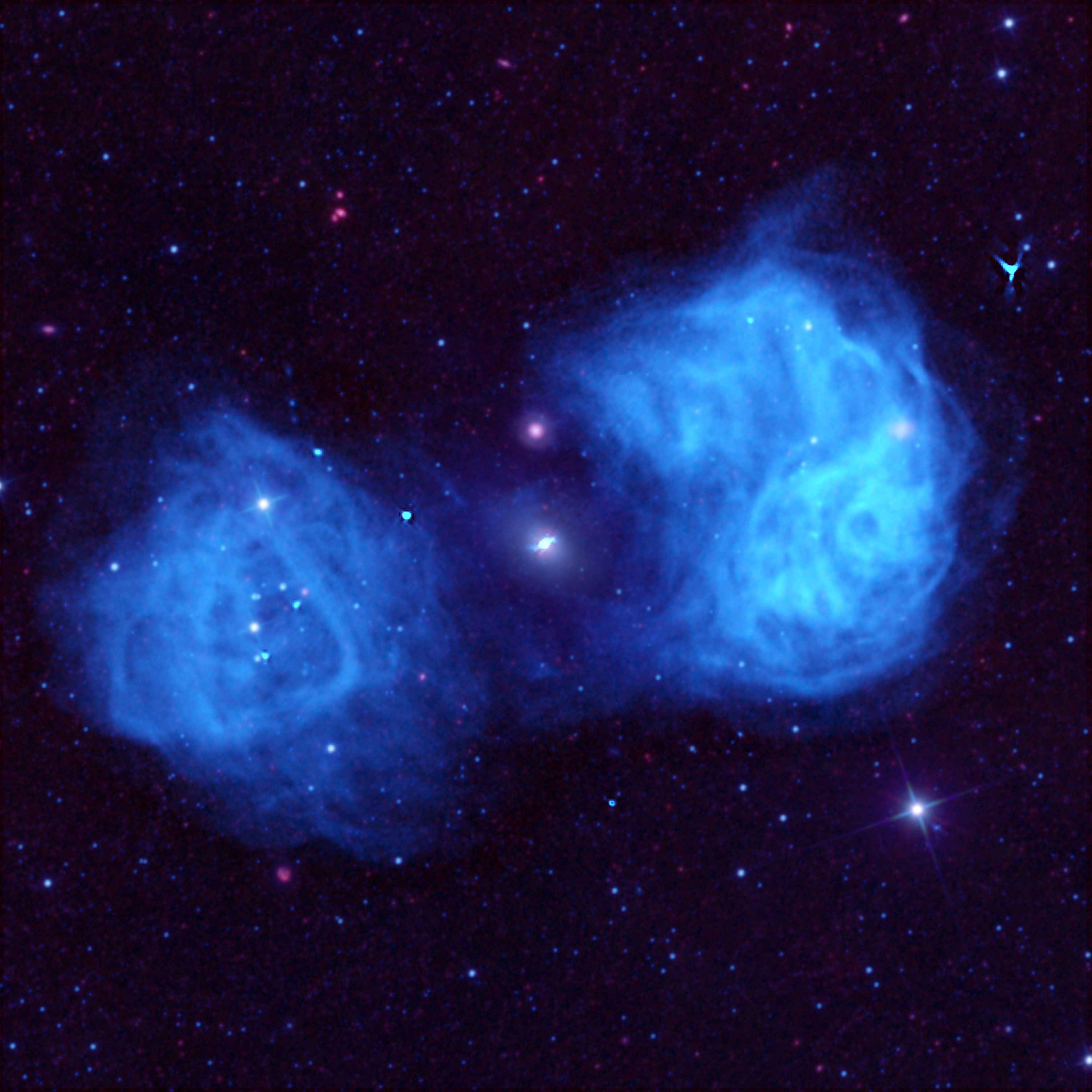Do you ever wonder what types of celestial sources can be observed with radio wavelengths or how a radio telescope processes ‘invisible’ light into an image? Radio wavelengths are a distinct part of the electromagnetic spectrum giving us a fairly spectacular view of celestial phenomena.
In an effort to connect you to what our scientists are observing, we have developed a central location for the science we do here and the people we meet in the process. We’ll share stories, images, and fun radio astronomy facts to highlight many of the things that interest us here. Radio astronomy offers an exclusive window into the universe, and our blog format provides a unique opportunity to explore ideas and questions about how our telescopes work, some of the new radio discoveries our scientists are finding, and the types of astronomical observations that only can be done using radio wavelengths. Radio astronomy has profoundly broadened our understanding of our universe, enabling new discoveries, opening new celestial windows, and revealing an otherwise invisible universe.
Founded in 1956, the NRAO provides state-of-the-art radio telescope facilities for use by the international scientific community. NRAO also provides both formal and informal programs in education and public outreach for teachers, students, the general public, and the media. The NRAO is funded by the National Science Foundation (NSF) under the terms of a cooperative agreement between the NSF and Associated Universities, Inc. (AUI), a science management corporation.









